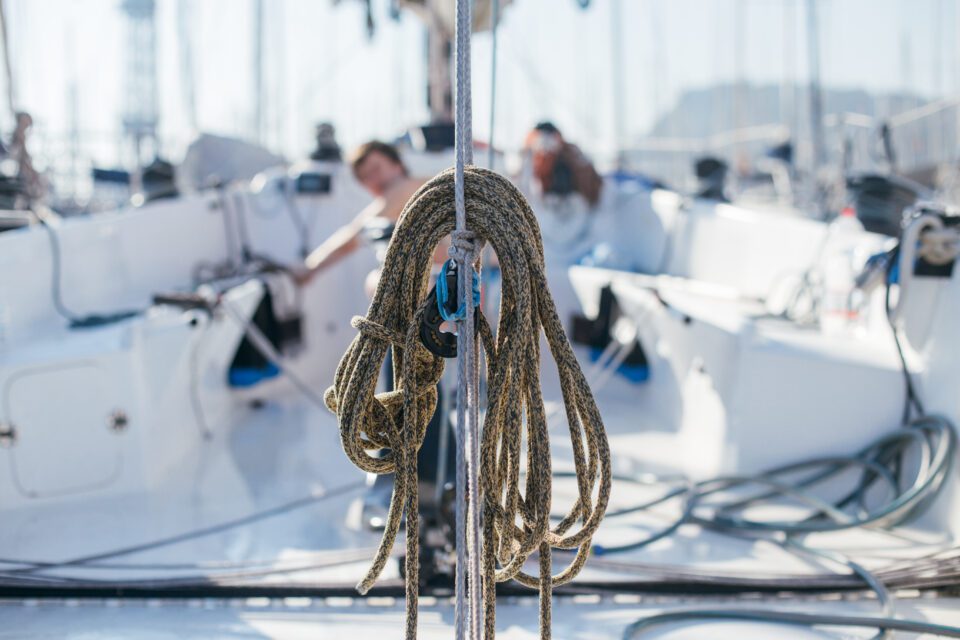The joy of sailing is often punctuated with minor issues, one of which is the wear and tear on your dinghy’s braids. How often have you been on the water, glance at your lines, and notice the fraying from constant pressure and persisting elements? Have you ever wondered if there were more robust techniques to prevent this? What if we could veer away from these constant worries and instead, invest our energy in learning innovative techniques to craft resilient braids for our dinghies? In our attempt to unravel the secrets of durable dinghy braids, we take a journey through the sails of the avant-garde technology, uncovering fresh and innovative methods. This will not only enhance the lifespan of your braids but also manifest a noticeable difference in your overall sailing experience.
Many of us have wrestled with conventional techniques, which unfortunately, are outmatched by weather elements eventually. Wouldn’t it be fantastic if we had resilient braids that could withstand the incessant onslaught of nature? In this comprehensive guide, we delve into solutions that could provide just that – stronger, formidable braids transmuting your sailing experience.
Table of Contents
The Evolution of Braid-Making Techniques
While traditional braid-making techniques have served sailors well over the decades, the combination of advanced technology and age-old wisdom in contemporary methods has ushered in a new era for sailing enthusiasts. From the earliest iterations of hand-crafted braids to automated loom techniques, the evolution is remarkable. We explore this in-depth, shedding light on the intriguing transition of braid-making techniques throughout the years.
Material Matters: Selecting the Right Yarn
When it comes to crafting durable dinghy braids, the material of the yarn plays a crucial role in the resilience and longevity of the braid. Using the right material is more than half the battle won. Learn how to pick the perfect material for your dinghy braids, striking the right balance between strength, flexibility, and environmental resilience.
Advanced Techniques in Braid-making
While traditional methods may still hold steadfast, innovative techniques offer a myriad of advantages not just in durability but also in aesthetics and functionality. Get a first-hand look into how these groundbreaking techniques are revolutionizing the world of sailing.
Proven Tips and Tricks
Calling all novice sailors and DIY enthusiasts! This section will arm you with a host of tested and verified tips and tricks to enhance your braid durability. Perfect your techniques and ensure your braids stand the test of time and weather with this wealth of information.
The Pros of Innovative Techniques
As with any approach, innovative techniques come with their set of benefits and drawbacks. In this section, we take an unbiased look at both sides of the coin. Understanding these pros will help you make an enlightened choice when it comes to selecting the right technique for your dinghy braids.
The Impact of Climate and Usage on Braid Durability
The resilience of your braids doesn’t just depend on the crafting method. Other factors such as the climate in which they are used and the frequency of usage can influence their lifespan. This segment explores the often-overlooked, yet significant factors that contribute to the durability of your braids.
Conclusion
To conclude, the journey towards crafting resilient dinghy braids is one filled with exciting challenges and vast learning opportunities. Armed with the right knowledge and innovative techniques, you’re perfectly poised to conquer the high seas. As we navigate through our quest for durable and resilient braids, we discover that embracing change and innovation is not just a luxury but a necessity. Keep exploring, keep learning, and most importantly, keep sailing!

